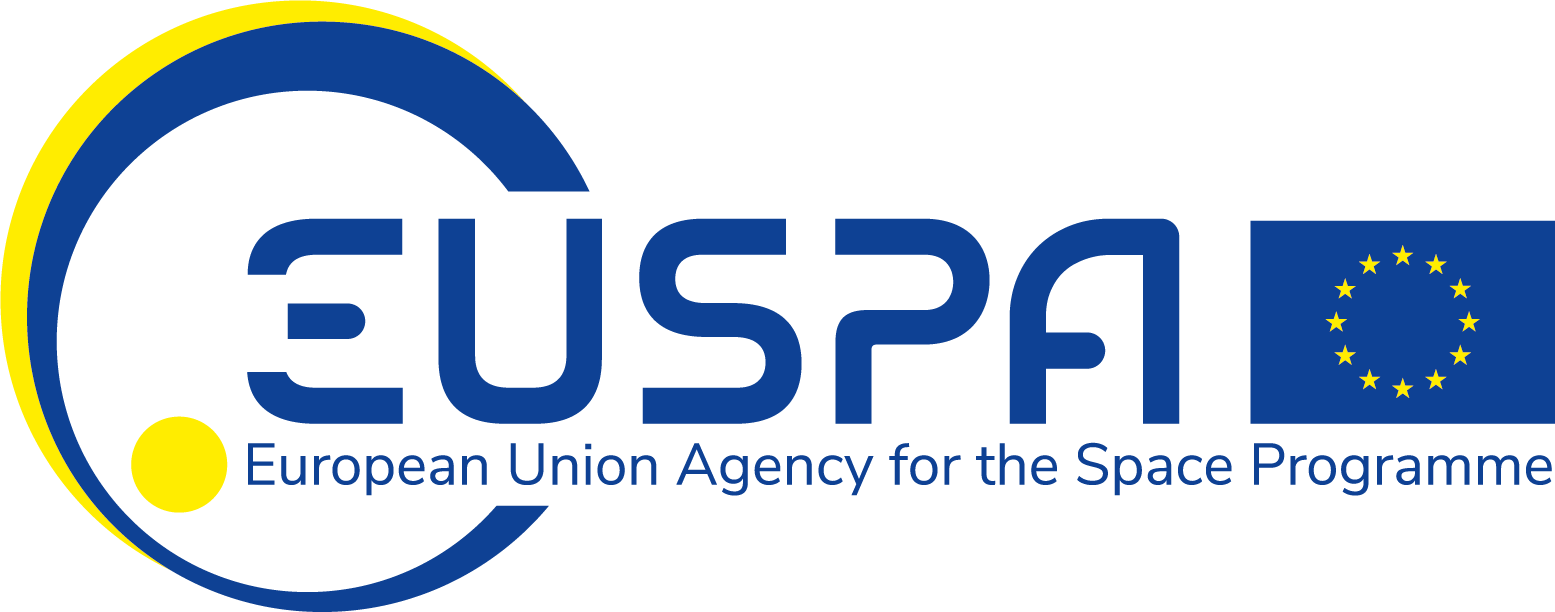ENAC engineers in the CLUG project: limiting multipath error
ENAC (Ecole Nationale de l’Aviation Civile) is the French Civil Aviation University specializing in all aspects of the air traffic system including communications navigation and surveillance. ENAC is taking a role of contributing to local GNSS error modelling and integrity in CLUG project.
Project Outline and Main problem
The adoption of GNSS (Global Navigation Satellite System, such as GPS or Galileo) to safety-critical ground transportation is not limited to autonomous vehicle driving. The railway industry is investigating the use of GNSS as the main localization sensor for safety critical positioning of trains to support signaling and autonomous driving of trains for the future. Likewise, the GNSS receiver sensor forms one part of the CLUG proposition for the localisation unit. Since it is envisaged to apply SBAS (Satellite Based Augmentation Systems, such as EGNOS for Europe) corrections, many of error sources of GNSS range measurement are handled by the SBAS correction process. However, purely local errors are critical to the performance of the fusion architecture and to the integrity monitoring performance.
Integrity Concept and Need for Error Model
In addition to providing a position solution, a navigation system for safety-critical use must have the ability to provide timely warnings to users when the safety of its position solution cannot be guaranteed for pre-defined probability. This capability is called the integrity of the system. The integrity algorithm provides its output as a protection level, which is a bound on the position error given the probability requirements. To make the integrity algorithm work properly, it is essential to input model parameters of the expected error sources. Especially for urban and suburban areas, the multipath error is the most dominant source of the error and most critical to the integrity concept.
Multipath Error Characteristics and Their Modeling
Multipath refers to the phenomenon of a signal reaching an antenna via two or more paths. An antenna can receive the direct signal plus one or more of its reflections from structures in the vicinity and from the ground. The reflected signal is a delayed and usually (though not generally) weaker version of the direct signal. The subsequent range measurements derived from the sum of the received signals have gross (biased and/or noisy) range errors and lead to a potentially unsafe position.
The modeling of the multipath error is not simple, due to the complex involvement of many factors including the geometrical parameter, user dynamics and environment characteristics. Moreover, its distribution commonly has a non-zero mean, a large variance and a positive skew in many situations.
Currently, in the activity of CLUG project, ENAC is conducting research about how to use machine learning techniques to model the multipath error distributions. The machine learning techniques are used to help select the choice of features which provide the best, tightest model of the distributions. A paper on the preliminary results will be presented in the ION GNSS+ 2021 conference. More detailed information is available on the ION website under this link.







